There are no products listed under this category.
| Hollow Core - drywall, plasterboard, sheetrock, particle board, wafer board, plywood, plaster and lath, tile, glass, metal, fiberglass, plastic and concrete block. | |
|
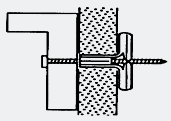 |
|
 |
|
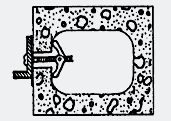 |
| Solid Core - concrete, brick and mortar, stone, solid cinder block and wood. | |
|
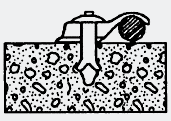 |
|
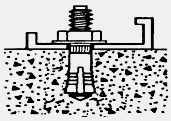 |
|
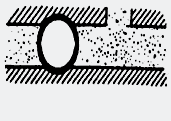 |
| TENSION: | |
|
 |
| SHEAR: | |
|
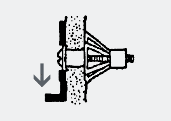 |
| IMPACT: | |
|
 |
| VIBRATION: | |
|
 |
| COMBINATION: | |
|
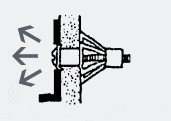 |
There are no products listed under this category.